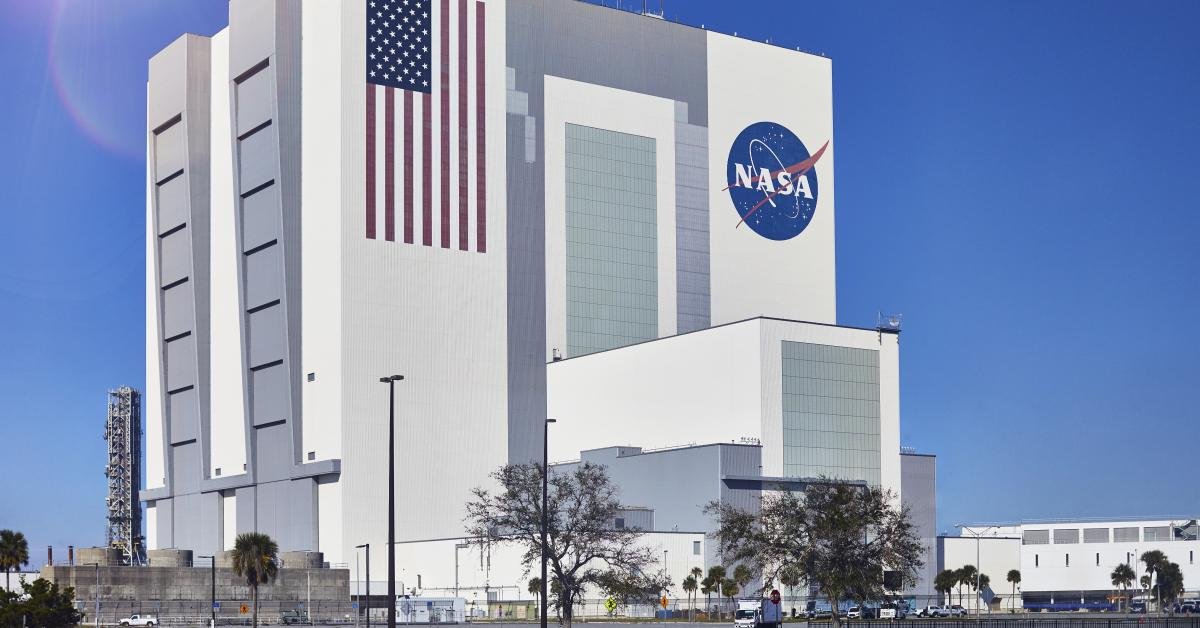
NASA’s James Webb Space Telescope recently detected a planet that could possibly sustain life based on temperature readings, which has a mass approximately 100 times the size of Earth.
The planet, which astronomers believe is orbiting a young red dwarf star approximately 34 light years away, has been dubbed TWA 7b and is roughly the size of Saturn.
An initial analysis suggests the planet has a temperature of near 120 degrees Fahrenheit, which is warm enough to support life. Scientists believe life can grow and reproduce starting at about 5 degrees Fahrenheit and as high as 251 degrees Fahrenheit, per ABC News.
“Our observations reveal a strong candidate for a planet shaping the structure of the TWA 7 debris disk, and its position is exactly where we expected to find a planet of this mass,” lead researcher Anne-Marie Lagrange said in a statement.
If the finding is confirmed, it would mark the first time that the James Webb Space Telescope was used to capture a direct image that led to the discovery of a planet, the outlet reported.
More information on the finding can be viewed in the Nature journal article here.
Misty Severi is a news reporter for Just The News. You can follow her on X for more coverage.




